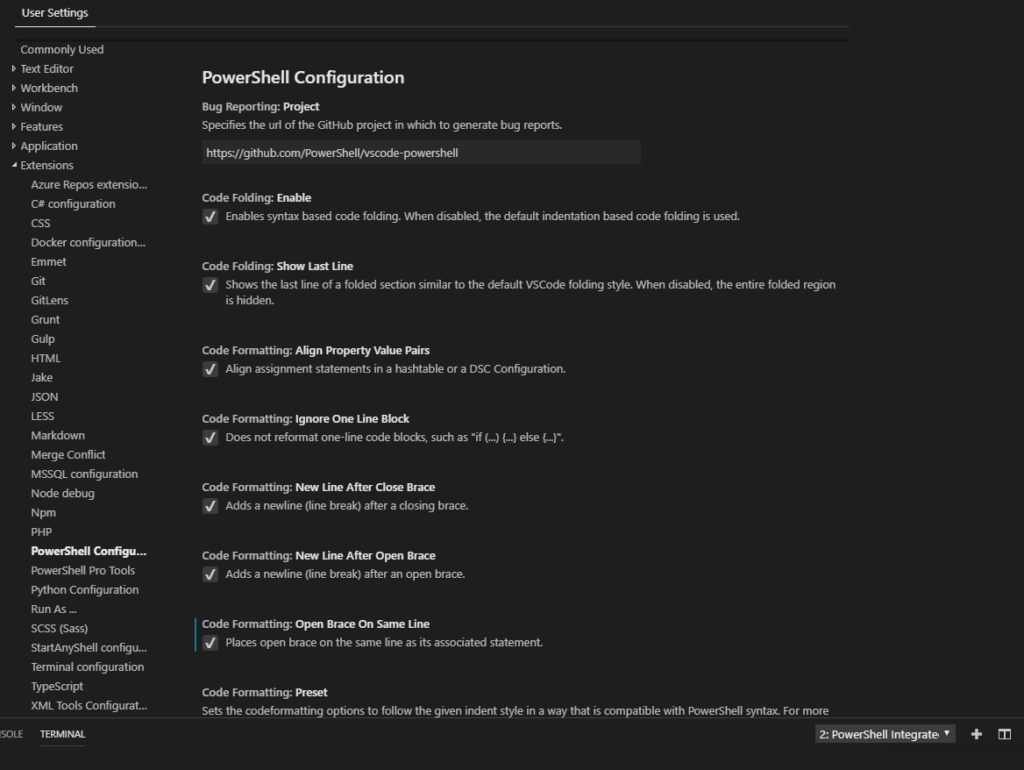Backup
Ensure you’re running Powershell as Administrator and you loaded the StoreFront Powershell Modules:
Get-Module "Citrix.StoreFront.*" -ListAvailable | Import-ModuleExport STF Configuration
Export-STFConfiguration -TargetFolder "C:\temp" -ZipFileName "31.01.2019_STF_Backup" -NoEncryption -Confirm:$falseThe IIS settings will be not saved. For example, IIS bindings to the default web site or HTTP Redirect entries that were made, will not be imported when you restore the backup ZipFile.


You can also take an IIS Configuration Backup.
Unfortunately, not all settings will be exported from the IIS here either…
Therefore I recommend to make a backup of the server (VM Snapshot or similar) another method is to keep an installation documentation about the manual IIS configuration and to recheck the config after a configrestore.
$a = [datetime]::Today.ToString('dd.MM.yyy')
function IISBackupCreate {cmd /c C:\WINDOWS\System32\inetsrv\appcmd.exe add backup $a}
IISBackupCreateRestore
Citrix Config Restore:
Import-STFConfiguration -ConfigurationZip C:\Temp\31.01.2019_STF_Backup.zipAfterwards you have to propagate the Storefront Configuration.

Restore IIS Config:
To restore IIS Configuration ensure you define the variable “$a” in the script above with the name of the Backupfolder.
You can find those Folders under “C:\WINDOWS\System32\inetsrv\backup”

#$a = "20190201T132905"
function IISBackupRestore {cmd /c C:\WINDOWS\System32\inetsrv\appcmd.exe restore backup $a}
IISBackup
iisresetIIS Custom settings are not synchronized with Storefront Propagate function. The restore must be done on every storefront server.



